2023 will be a year of leapfrog upgrades in smart driving function experience. Many hard-core new technologies will make rapid progress and come to fruition in the Year of the Rabbit. Today, Autolab teamed up with Ruisiqi Smart Car Consulting to look forward to the top five new smart driving experiences in 2023!
High-speed NOA optimization brought by BEV
The BEV model has been a hot topic in the field of intelligent driving in recent years. Compared with traditional backbone networks, BEV can not only integrate lidar, millimeter wave radar, and visual camera information to achieve pre-fusion of multi-modal perception results, but also can Under the perspective of perspective, the camera from different angles and even the images at different times are merged.
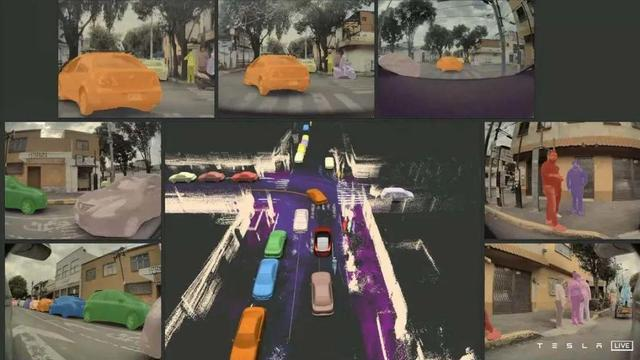
For our car owners, the experience optimization brought by this technology is also very obvious. This experience optimization will be first experienced in the high-speed NOA pilot assisted driving function. In summary, there are the following aspects:
The number of invalid lane changes is reduced and the overall traffic efficiency is improved. When we use NOA, we feel that the most unintelligent thing is the ineffective lane change. It is obvious that when changing lanes, we will encounter a slow-moving truck, but the system still changes it, and then we are trapped behind the truck. The operation is as fierce as a tiger, and we are stuck in the same place. Stepping on the ground adds to the obstruction. BEV can effectively solve this problem after getting on board, and avoid such "traps" in advance through timing fusion. Even a large vehicle that is blocked can restore the real road environment through prediction algorithms and make smarter decisions.
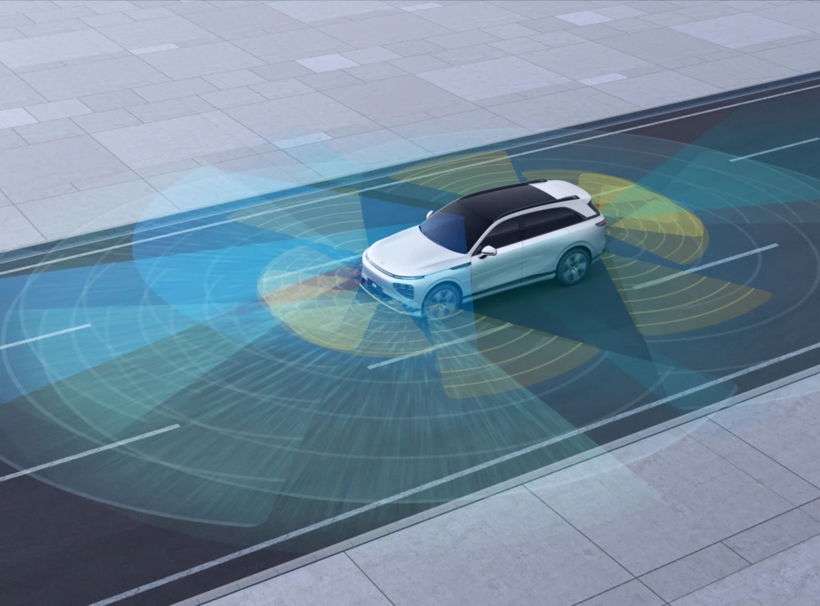
Improved perception accuracy. Through the fusion of information from multiple sensors, vehicles can judge the road environment faster and more accurately and respond in a timely manner. For example, "close-fitting vehicles" that often appear on highways, especially those of large trucks, can be optimized to a certain extent under BEV, and the system performance will be safer.
Decision making is more anthropomorphic. Just like playing a racing game from a third-person perspective, BEV has a better understanding of relative space and can make more human-like decisions, making the vehicle's control softer and closer to an experienced driver, and the riding experience more comfortable.

Representative models: NIO ES7/ET7/ET5, Xpeng G9, JiFox Alpha S new HI version, Avita 11, Wei brand Mocha DHT-PHEV lidar version, etc.
Optimizing the overall experience brought by integrated travel and parking
Integrated driving and parking is an engineering term. At first, it mainly refers to putting the driving and parking domain controllers on the same board, or sharing the same domain controller for the two functions. However, now "integrated driving and parking" is no longer It only refers to this change in physical structure, but it refers to the ability to connect two functions, share sensors and computing power, and develop smart driving functions with a better experience.
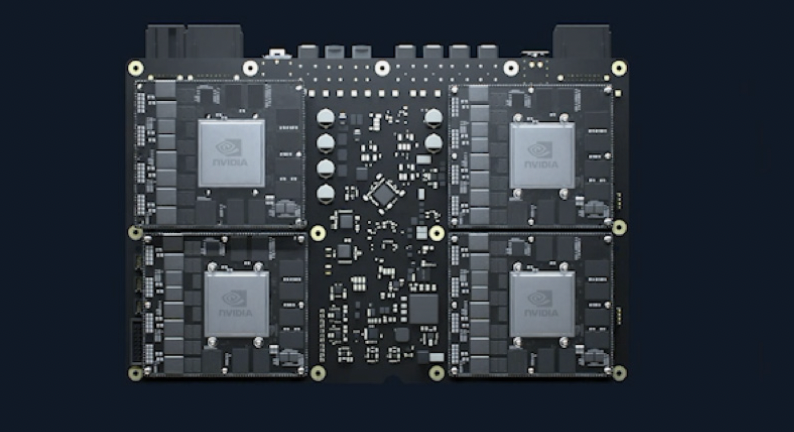
In 2023, many car companies will also begin to launch models with integrated driving and parking, which will improve the driving and parking experience. In short, the main ones are as follows:
The lane changing experience is better. In the past, fisheye cameras were only used in the parking process. After opening up the "Rent and Du Meridians", the fisheye can just provide the vehicle with mid- and short-range perception of the sides, rear, and front. Together with the BEV mentioned earlier, the vehicle can obtain More precise lane changing space. The physical response is that lane changing is more human-like, for example, it can accelerate lane changing at the right time, improving the efficiency and success rate of lane changing.
Parking availability has been greatly improved. In the past, parking resources were limited, computing power was insufficient, and perception accuracy was insufficient. The result was that almost no cars could provide a good parking experience. Now parking can use more computing power, and forward-facing lidar can even be used to identify parking spaces, improving identification efficiency. In terms of experience, the system can identify parking spaces faster, and can even detect parking spaces simultaneously in the background, allowing you to shift the R gear and the car will park itself. Based on the integration of parking and parking, it can also more conveniently realize functions such as memory parking and automatically help you find a parking space.
Representative models: Xpeng G9, JiFox Alpha S new HI version, Avita 11, etc.
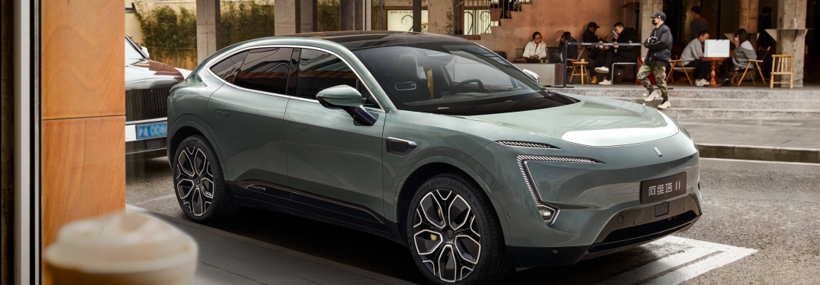
City pilot assisted driving
I won’t go into details about the city pilot assisted driving function. To put it simply, you set up the navigation on the car. After turning on the assisted driving, the system can automatically drive according to the navigation route, and you can "stop at the red light and go at the green light" by yourself. You can choose the corresponding lane lines by yourself, and you can change lanes to go around slow cars or obstacles.
In 2022, two cars have already implemented the urban pilot assisted driving function, namely the CNGP of the Xpeng P5 launched in Guangzhou, and the urban NCA of the new HI version of the Extreme Fox Alpha S launched in Shenzhen and Shanghai.
In 2023, Xpeng CNGP will also be expanded to Shanghai, Shenzhen and other cities with high-precision map coverage. In addition, Xpeng G9 and the upcoming new version of Xpeng P7 will also implement city navigation assisted driving functions.
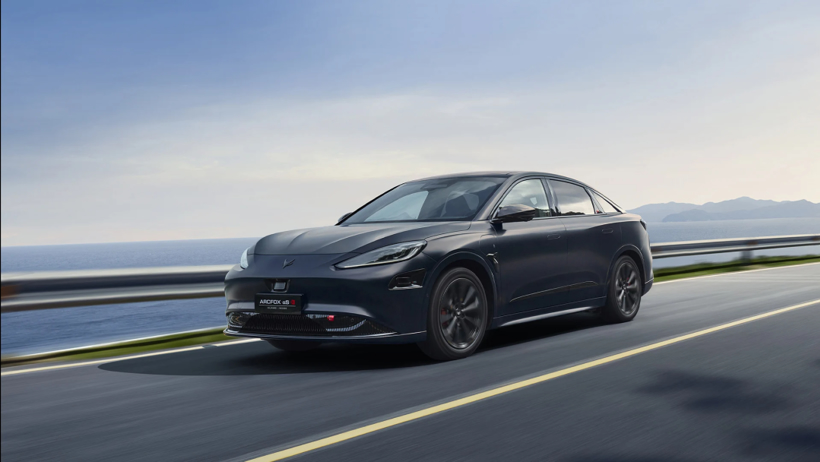
Huawei ADS's urban NCA will also be expanded to Avita 11 and Jihu's subsequent new cars next year. Even the long-rumored AITO M9 will be equipped with the urban NCA function provided by Huawei ADS. In addition, urban NCA will gradually cover and open cities such as Hangzhou and Beijing (outside the Fifth Ring Road) in 2023.
In addition to the existing players, the urban NOH developed by Haomo Zhixing will also be officially launched to car owners in 2023. After the launch, the WEY brand Mocha DHT-PHEV lidar version will have urban pilot assisted driving functions.

At present, the first batch of urban NOH will be opened in Baoding, Beijing and other cities. Due to the "light map, heavy perception" route, urban NOH is not affected by high-precision maps and can theoretically be implemented in any city. According to the plan previously announced by Haimou, Haimou HON will be launched directly in 10 cities in 2023.
Of the three new technologies and new experiences shared today, which one are you most interested in? Welcome to interact with us in the message area!
Previous article:Smart Car Research Monthly Report for January 2023
Next article:Heduo Technology announced the results of its cooperation with Horizon Robotics, and the mass production of "traveling and parking in one" was launched
- Popular Resources
- Popular amplifiers
- 2024 China Automotive Charging and Battery Swapping Ecosystem Conference held in Taiyuan
- State-owned enterprises team up to invest in solid-state battery giant
- The evolution of electronic and electrical architecture is accelerating
- The first! National Automotive Chip Quality Inspection Center established
- BYD releases self-developed automotive chip using 4nm process, with a running score of up to 1.15 million
- GEODNET launches GEO-PULSE, a car GPS navigation device
- Should Chinese car companies develop their own high-computing chips?
- Infineon and Siemens combine embedded automotive software platform with microcontrollers to provide the necessary functions for next-generation SDVs
- Continental launches invisible biometric sensor display to monitor passengers' vital signs
- Intel promotes AI with multi-dimensional efforts in technology, application, and ecology
- ChinaJoy Qualcomm Snapdragon Theme Pavilion takes you to experience the new changes in digital entertainment in the 5G era
- Infineon's latest generation IGBT technology platform enables precise control of speed and position
- Two test methods for LED lighting life
- Don't Let Lightning Induced Surges Scare You
- Application of brushless motor controller ML4425/4426
- Easy identification of LED power supply quality
- World's first integrated photovoltaic solar system completed in Israel
- Sliding window mean filter for avr microcontroller AD conversion
- What does call mean in the detailed explanation of ABB robot programming instructions?
- STMicroelectronics discloses its 2027-2028 financial model and path to achieve its 2030 goals
- 2024 China Automotive Charging and Battery Swapping Ecosystem Conference held in Taiyuan
- State-owned enterprises team up to invest in solid-state battery giant
- The evolution of electronic and electrical architecture is accelerating
- The first! National Automotive Chip Quality Inspection Center established
- BYD releases self-developed automotive chip using 4nm process, with a running score of up to 1.15 million
- GEODNET launches GEO-PULSE, a car GPS navigation device
- Should Chinese car companies develop their own high-computing chips?
- Infineon and Siemens combine embedded automotive software platform with microcontrollers to provide the necessary functions for next-generation SDVs
- Continental launches invisible biometric sensor display to monitor passengers' vital signs
- Interface control between DSP chip and touch screen
- SBUF, TI/RI, ES
- [Xingkong Board Python Programming Learning Main Control Board Evaluation] Development Environment and Boot Configuration
- Commonly used delay methods in C language
- [GigaDevice GD32F310 Review] +KEY expansion and parameter settings
- Issues related to the initial value of the RAM inside the MCU after power-on
- Fully automatic fuzzy intelligent battery repair machine plus fully automatic three-state charger
- Prize-winning live broadcast: Building a sensor-based test system using NI CompactDAQ and LabVIEW Sign up now!
- There is a problem with the secondary amplifier circuit, please help!
- What's new in TI BOM and Cross Reference Tools?

 AWT6241RM27Q7
AWT6241RM27Q7











 京公网安备 11010802033920号
京公网安备 11010802033920号